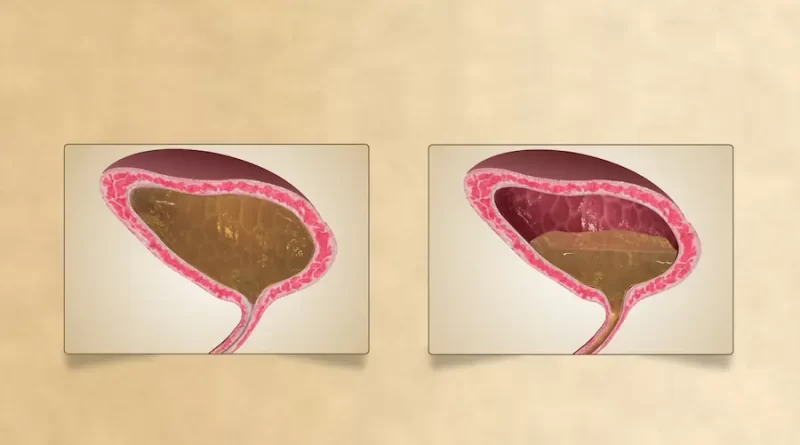Urinary Incontinence: Causes, Epidemiology, And Treatment
Involuntary urine leakage is a common problem worldwide and is medically known as urinary incontinence. This medical condition is mostly found in the aged, especially in nursing homes. However, it can affect young adult females and males too.
Urinary incontinence affects not only an individual’s health but also the quality of life. Many bladder control cases go unreported due to the taboo and the social embarrassment related to it. Several patients do not seek healthcare providers’ help when facing incontinence issues. Therefore, the exact number of cases reported yearly is inaccurate.
Many are ashamed to talk or feel embarrassed about their weak bladder issues. However, the best news is that there are urinary incontinence treatments Sydney that are quite effective in treating this condition.
Epidemiology Of Urinary Incontinence In Australia
You are not alone if you know someone who suffers from bowel control or bladder control issues. One in every four adult Australians, i.e. more than 5 million people, suffer from incontinence. Researchers predict incontinence cases will likely increase to 6.5 million by 2030.
Surprisingly, women are the major victims of incontinence, with 80 per cent affected by this health condition. 1 in 3 women who have had babies suffer from incontinence. So, we can conclude that weak bowel and bladder problem affects not only elders but also young adults.
As we stated earlier, many people are embarrassed to talk about leaky bladder and bowel problems to their loved ones and doctors, which is why many cases of incontinence are not even reported making the yearly estimation inaccurate. In 2019, a report titled “Continence Health in Australia. A Snapshot” reported the following facts:
- 71 per cent of the aged people living in residential care have experienced or are experiencing incontinence of different kinds
- 61 per cent of women who have gone through childbirth have experienced incontinence
- 54% of men diagnosed with prostate issues live or have lived with incontinence
These statistics show that incontinence is a common and treatable health ailment. However, let us delve further into this topic to get a complete understanding of the same.
Different Types Of Urinary Incontinence
Different factors cause different kinds of urinary incontinence. However, all types of urinary incontinence are treatable. The sooner you visit a doctor, the better your chances of recovering from it.
Stress Incontinence:
This is when someone experiences small amounts of urine leaking during activities like walking, coughing, sneezing, or laughing. The stress builds up in our stomach due to the movement, which presses down on the bladder.
Overflow Urinary Incontinence:
Overflow incontinence takes place in three scenarios; if the bladder is full, if the bladder outflow channel meets an obstruction, or if the detrusor muscle is too weak for the bladder to release all the urine properly. In overflow incontinence, the urgency to go to the toilet is absent, and the leakage can occur suddenly without warning.
Urge Incontinence:
Also known as the overactive or unstable bladder, this is when we get the urge to pee suddenly and strongly. People living with this health condition can falsely perceive a full bladder when it is not. They might also feel the urge to urinate often, especially during nighttime.
Urge incontinence, if not treated timely, can get worse with age and can be triggered by unhealthy habits like drinking alcohol, coffee, tea, or carbonated drinks.
How To Conduct Urinary Incontinence Diagnosis?
The first step is, ofcourse, visiting your doctor to talk about the symptoms you are facing and also to share your medical history. Your doctor might also advise you to note down your bladder habits. It is done to identify the type of urinary incontinence you suffer from.
For instance, you might have to take note of what you drink and how often you go to pee or leak. Your physician might also prescribe special tests to determine how your bladder muscles work when filled with urine. These tests are carried out at major outpatient clinics all over Australia.
Here Are The Following Tests That Are Used For Urinary Incontinence Diagnosis:
Urine Culture And Urinalysis Study:
Your general physician can perform this test or refer you to an outpatient clinic to check if the incontinence is due to an infection in the urinary tract or for some other reason, like haematuria.
Urodynamic Study:
A Series Of Tests That Involve The Following:
- Urine measurement inside the bladder before release
- The internal bladder pressure when it is being filled
- Force of urine when released from the body
- Control level of the urethral muscles
- Insertion of fluid inside the bladder to check for leakage
- A post-void residual measurement to check how much urine is left behind after the bladder releases the fluid
Cystoscopy:
Here the medical technician will inside a scope inside your bladder to examine its internal functioning.
Both the Urodynamic Study and Cystoscopy are performed at reputed urology outpatient clinics.
The Bottomline:
Urinary continence is a common treatable ailment that affects many. However, the lack of dialogue and embarrassment associated with the health condition makes it difficult for many people to come forward.
However, it is a medical condition like your normal cough and flu. If you are suffering from incontinence, contact your local urology clinic today for a consult.

